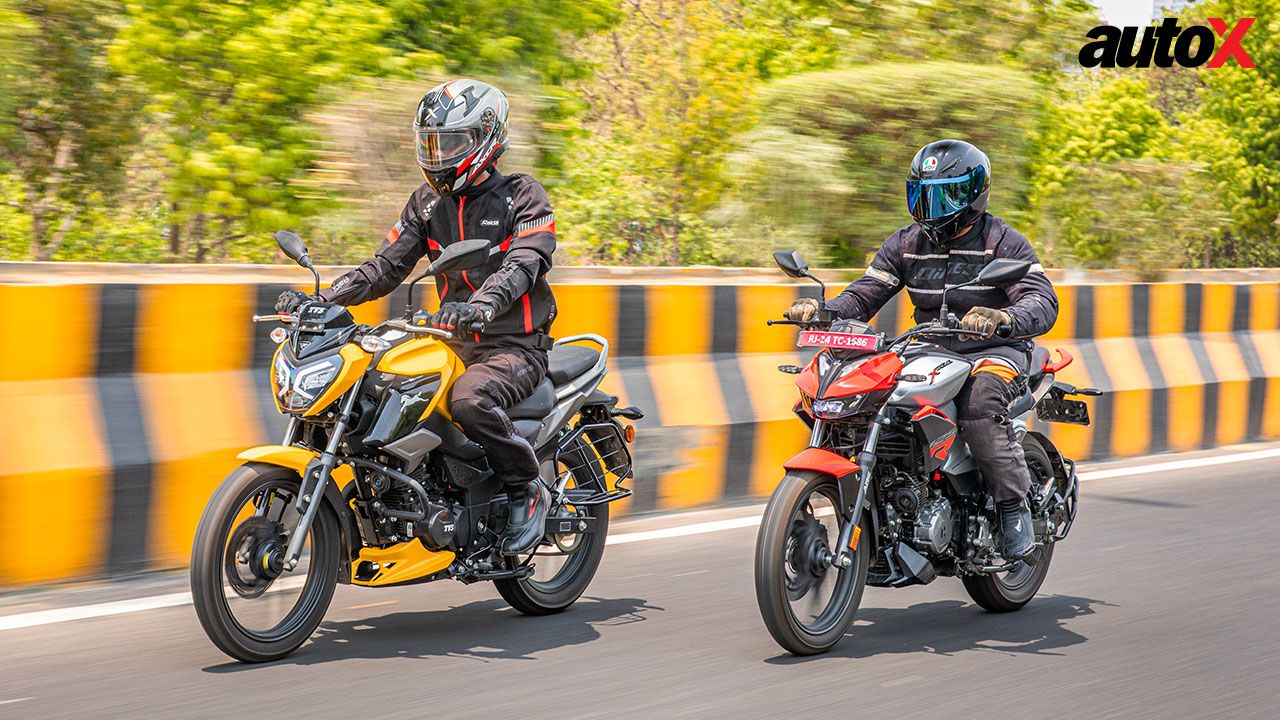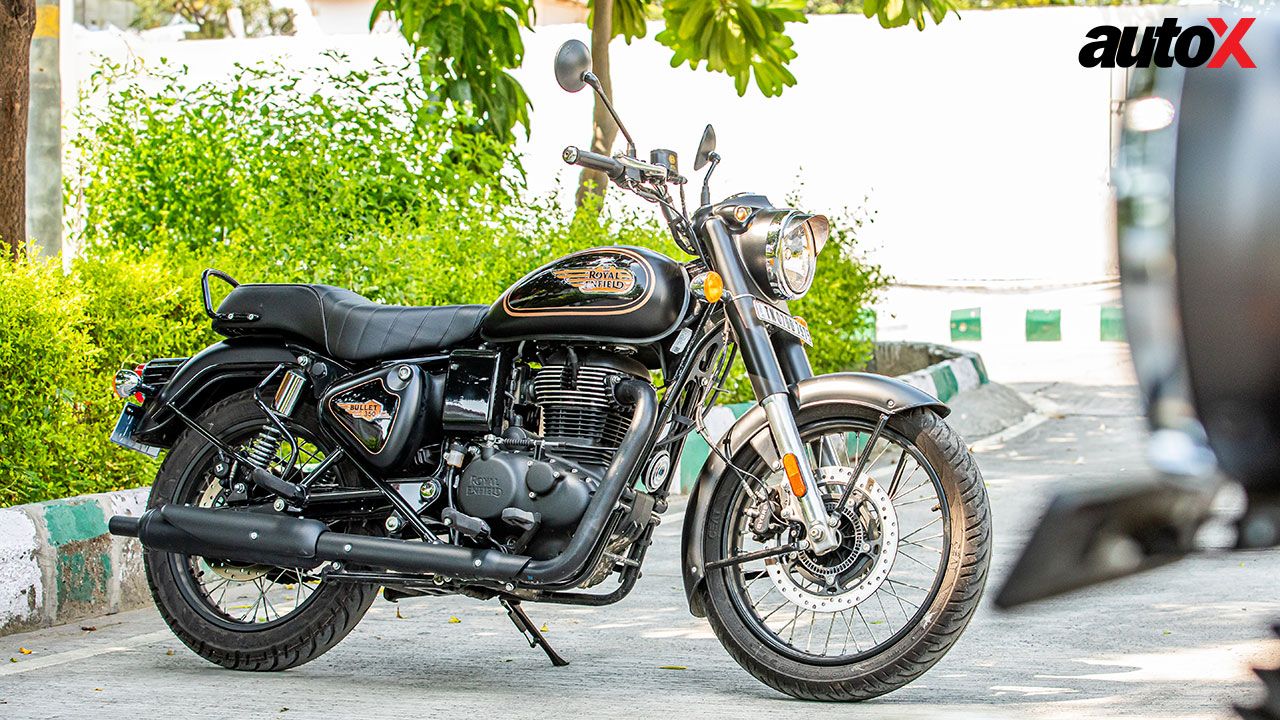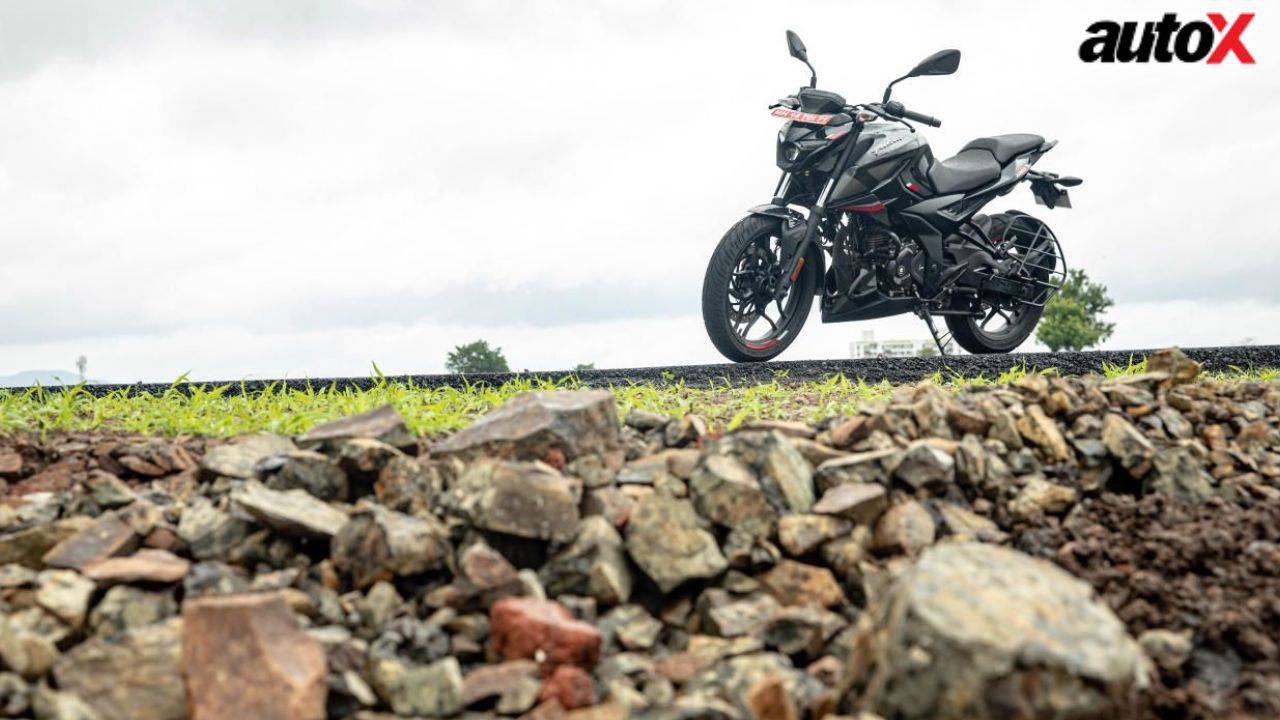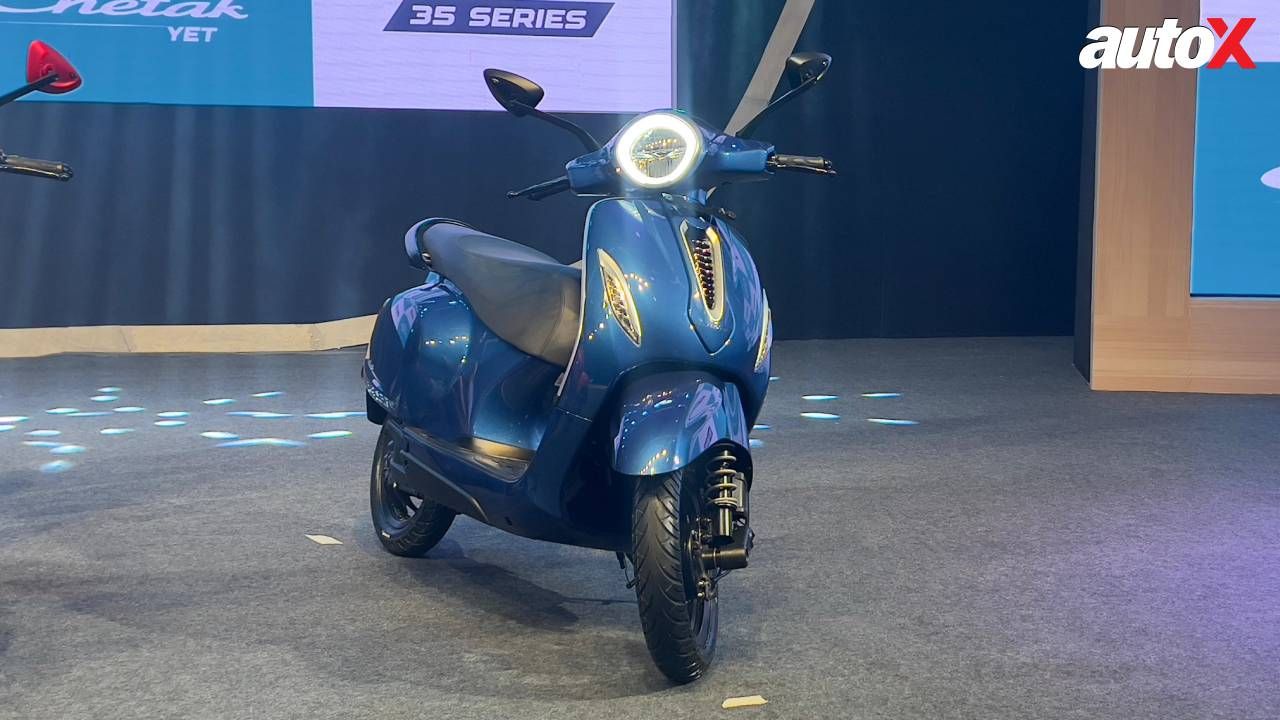Bajaj Pulsar F250, N250 Review: First Ride
Despite a bit of a late entry into the segment, Bajaj’s latest 250cc Pulsars have managed to grab attention and make the right noise. But are the bikes just noise or do they have something interesting to offer? We take them for a ride to find the answer.
By Aditya Jadhav
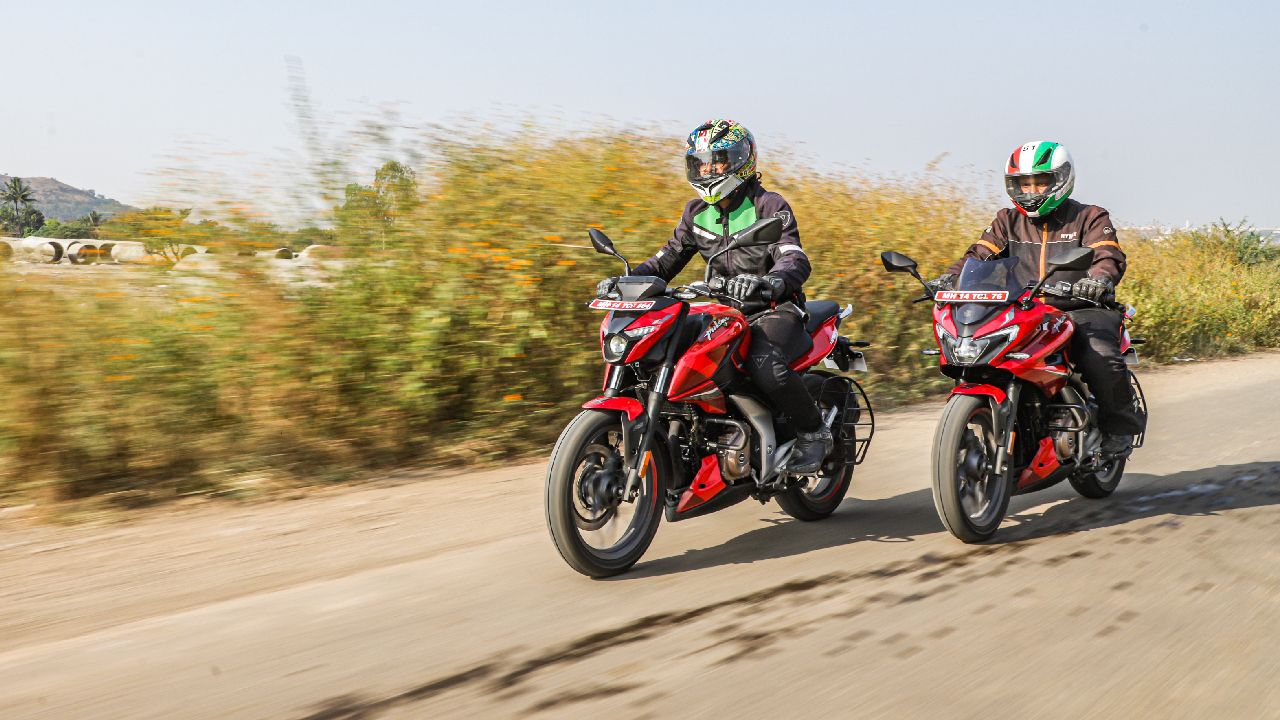
Despite a bit of a late entry into the segment, Bajaj’s latest 250cc Pulsars have managed to grab attention and make the right noise. But are the bikes just noise or do they have something interesting to offer? We take them for a ride to find the answer.
When Bajaj invited us to get a taste of their two new products – the Pulsar N250 and F250 – our answer was a resounding yes. Now, these are not just any old Pulsars repackaged to look new – Bajaj actually went back to the drawing board and developed the new Pulsar Twins from the ground up, including the platform and powertrain.
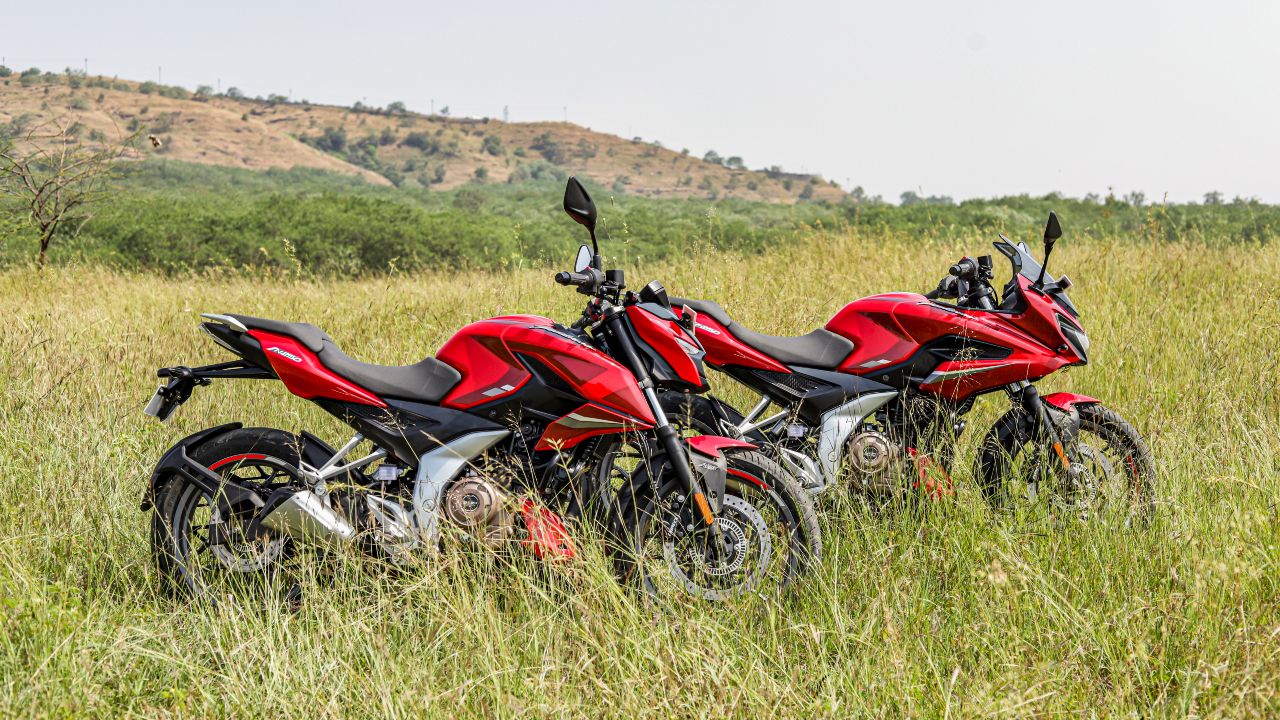
Also, these happen to be the largest capacity Pulsars in their respective verticals. Interestingly, it wouldn’t have been the case, had the company called the production-spec CS400 a Pulsar. But Bajaj chose to introduce a new performance sub-brand under the Dominar name instead. And it was, without a doubt, a smart move, for it allowed the brand to keep the door open for more premium and powerful offerings.
Now, while Bajaj still has the 220F on sale, there has for long been scope for taking the Pulsar name a notch above. With the Pulsar N250 and F250, Bajaj has done exactly that. But will the twins shake up the segment like their namesakes in the past? And, more importantly, are they really worthy of the Pulsar name? Let’s see.
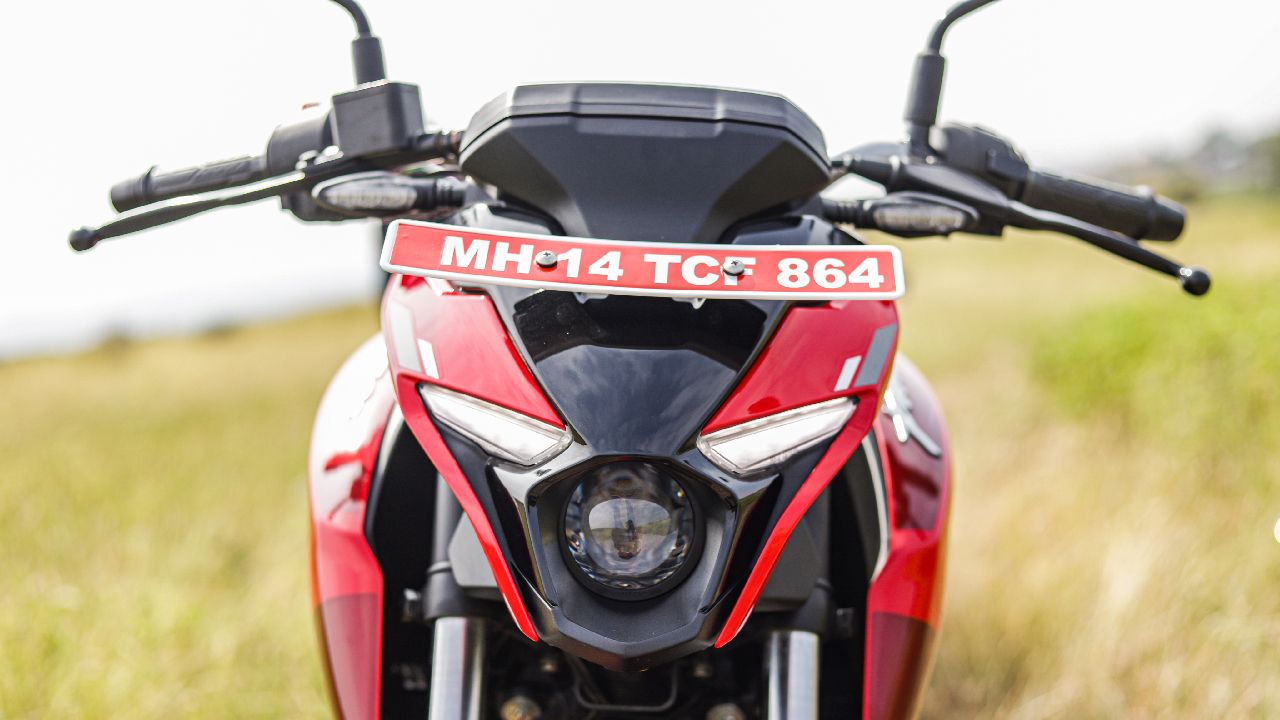
Design
At the first glance, the F250 comes across as a distinctive-looking motorcycle; however, I cannot say the same about the N250. Why? Well, mainly because the fascia of the N250 is similar to that of the Yamaha MT-15, especially the way the LED-projector headlamp is flanked by LED DRLs.
Now, the F250 also carries some styling cues from some older Bajaj motorcycles, but its fascia seems like a more modern adaptation of the Pulsar 220F’s styling. The tank shrouds of the F250 would remind you of the fairing design of the Bajaj’s Adventure Sport motorcycles from some years ago. The rear cowl design on both the N250 and the F250 is very similar to that of the Dominar.
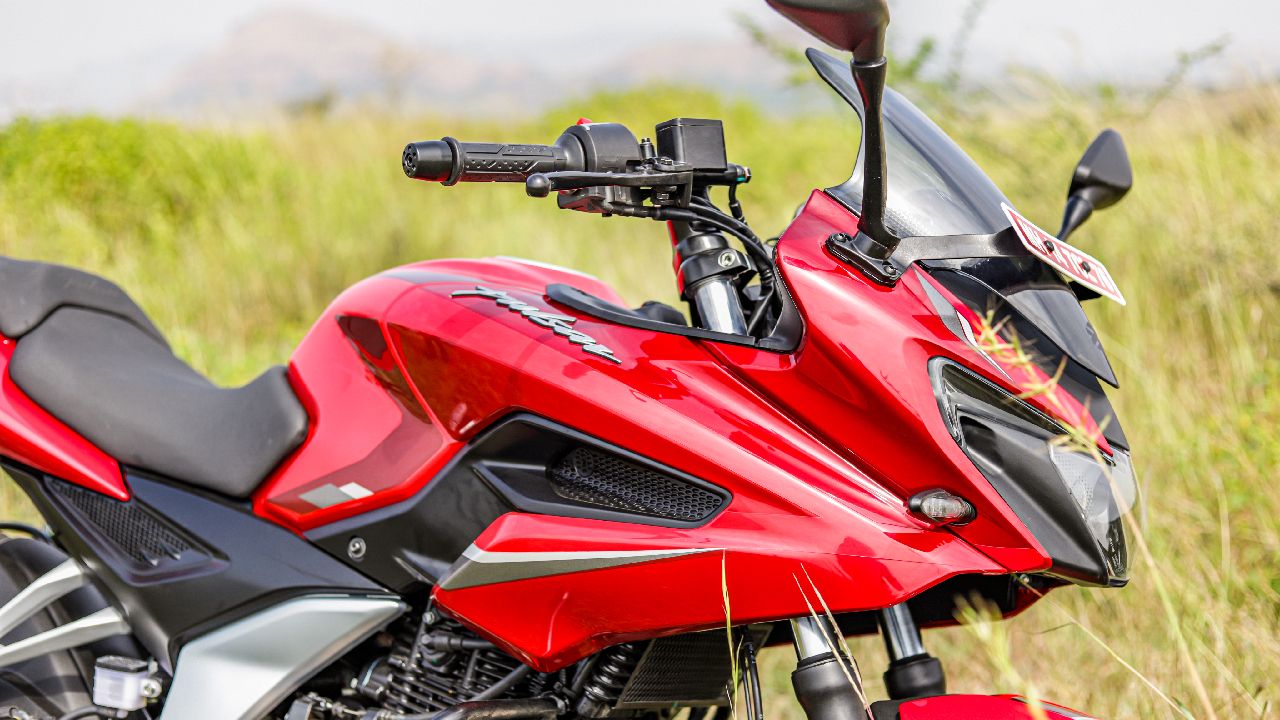
Overall, there is no doubt that both these motorcycles are quite attractive and would appeal to young riders. I personally like the Pulsar F250 more because of its body proportions and semi-faired design. But both the Pulsar F250 and the N250 are capable of making you feel that you are riding a bigger motorcycle.
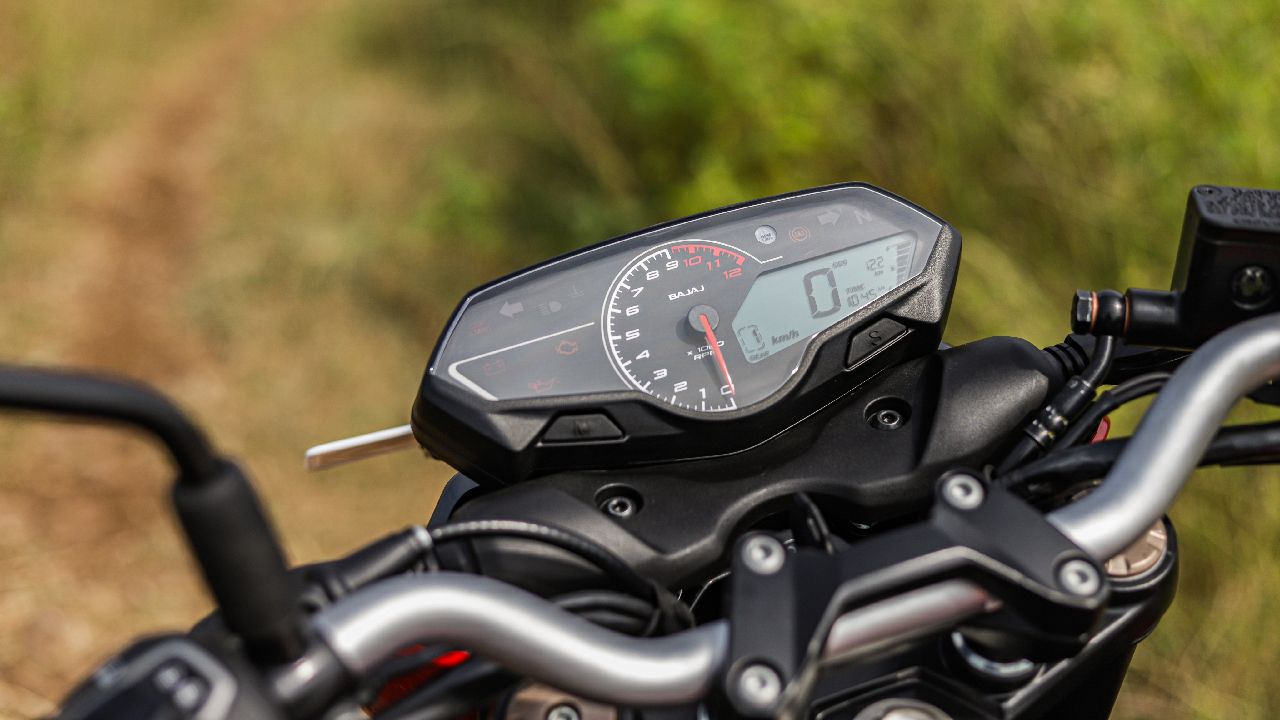
Once on the motorcycle, the first thing you’ll notice is an all-new instrument cluster design. Pulsar motorcycles have always had a semi-digital instrument cluster design. Even today, when all-digital instrument clusters have become a norm, the new Pulsars remain true to their lineage, and the new twins are no exception. The instrument cluster layout is all-new and fairly easy to read. The tacho metre takes the centre stage, with a backlit LCD screen on the right side, which displays essential information, such as distance to empty, instantaneous fuel efficiency, and gear position, along with the speed.
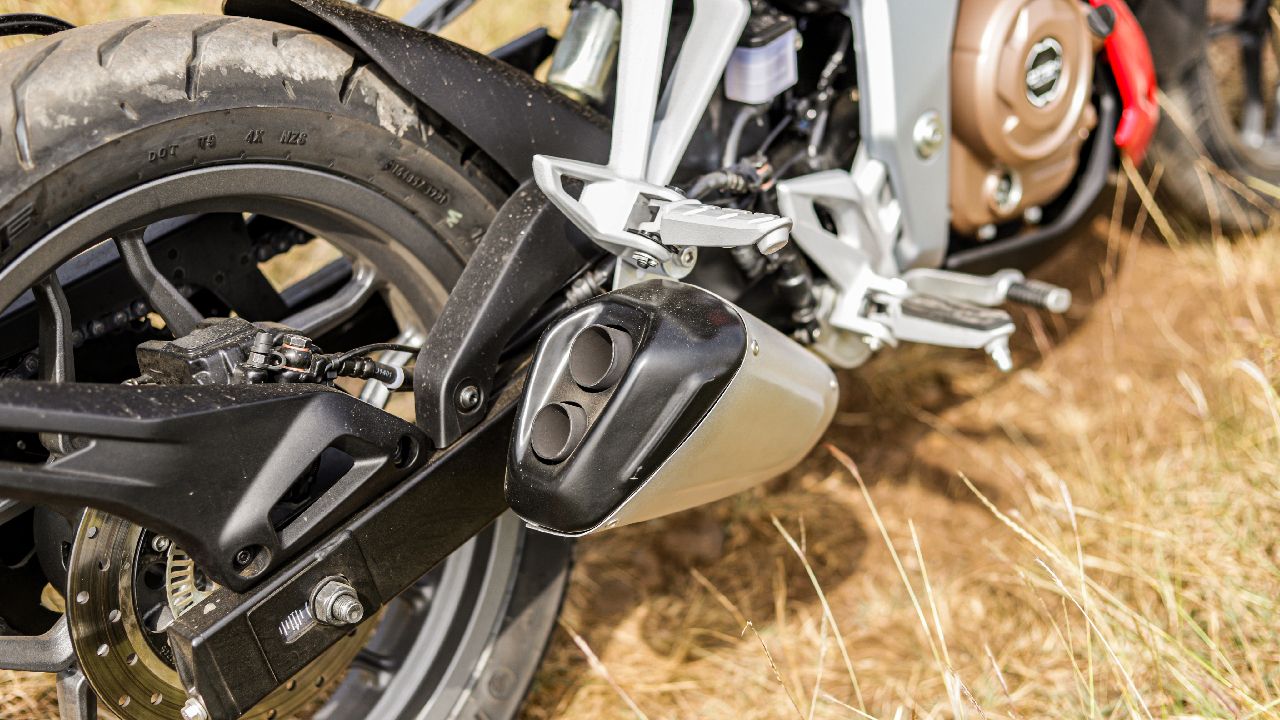
Engine & Gearbox
The power figure of the Pulsar F250 and the N250 is identical to that of the NS200 and the RS200, but the new Pulsars make more torque. Even though the 250cc engine does not rev as high as the 200cc mill, its longer stroke (Bore x Stroke 72mm x 61.1mm) offers a torquey mid-range. The peak torque and max power come in relatively early in the rev-band, which ensures a tractable ride. The engine comes into its own post 3,000rpm and offers decent pulling power up to 7,500rpm. Post that mark, there isn’t substantial acceleration, and engine vibrations kick in. The motorcycles start buzzing, and you can feel vibrations through the footpegs, seat, and handlebar. The 250cc engine is at its best between 3,000rpm and 6,500rpm. The motor revs freely, but the tachometer lags a bit.

Bajaj has used the oil-cooling method for heat management. And during our test, first around the outskirts of Pune and later on Bajaj’s test track, we never encountered any engine-heating issues.
The transmission used in both bikes is a five-speed unit with widespread gearing. If you ride the motorcycle in higher gears at city speeds, you will notice that the engine exhibits a sense of uneasiness below the 2,500rpm mark, demanding a downshift. Gear shifts, however, are slick, and the clutch is light to use.
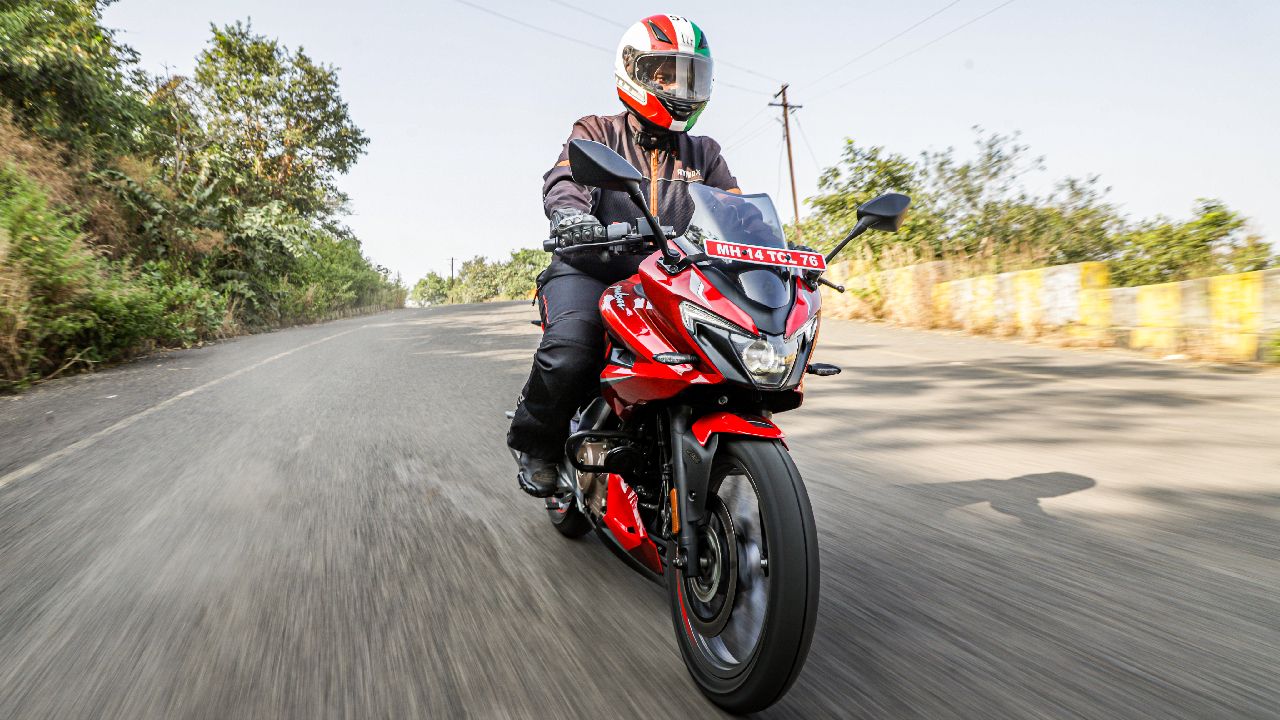
Ride and Handling
The Pulsar twins use a newly developed all-new tubular chassis, which uses the engine as a stressed member. The suspension components are new as well, and Bajaj has offered all-new braking hardware too.
The overall handling of both motorcycles is predictable and forgiving. It isn’t as sharp as we would like it to be, but you can still throw the motorcycle into a bend, and it would grip the line without much drama. The chassis balance is class-leading, and there are reasons for that. First, the new Pulsar 250 focuses on mass centralisation, which has been achieved by inclining the engine more inwards. Second, the battery has been repositioned to the tail section of the motorcycle, which ensures a near 50:50 weight distribution on both bikes. The Pulsar twins also get new alloy wheels, each of which is 500 grams lighter than before, reducing their unsprung weights.
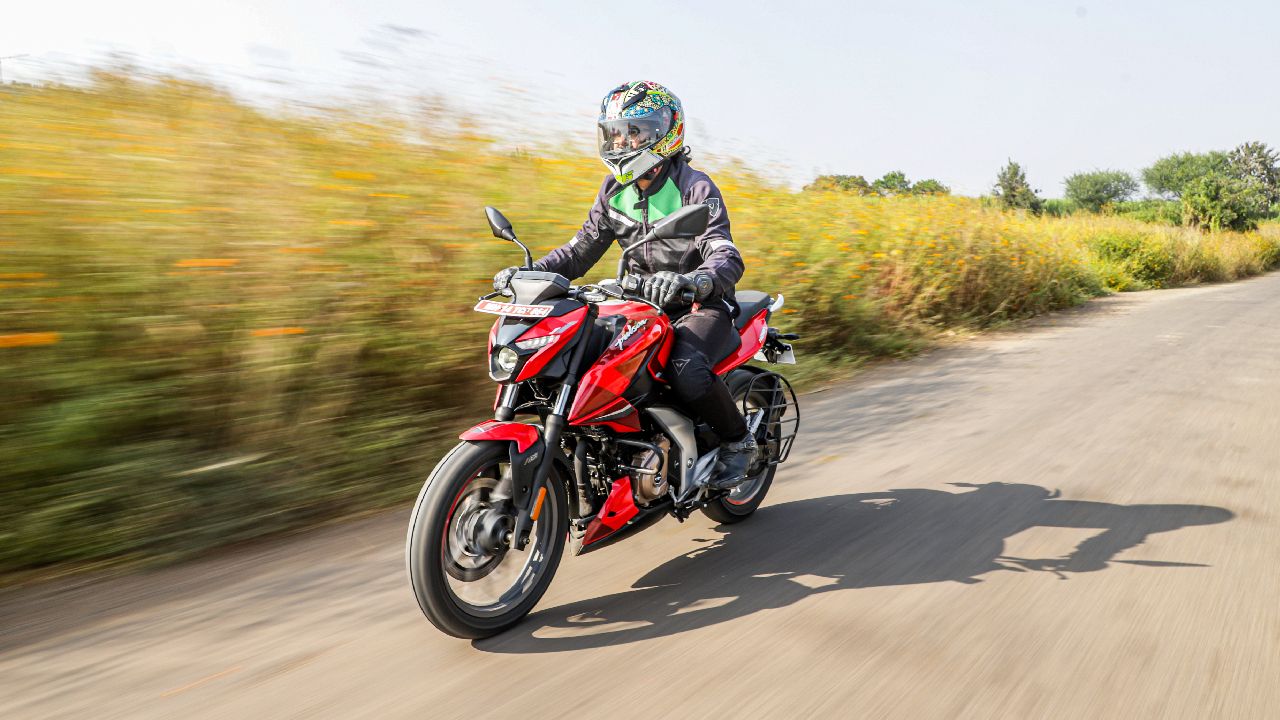
The saddle height is marked at 795mm, which should be accessible to most riders. Given the saddle position, the rider sits relatively lower on the motorcycle. It also helps in masking the kerb weight of 164kgs and 162kgs of the F250 and the N250, respectively. The motorcycles are highly manoeuvrable in bumper-to-bumper traffic.
The suspension units on both ends are new. The rear mono-shock isn’t a gas-filled unit anymore. The setup is tuned to be fairly stiff; however, it does a very good job of absorbing bumps. Both the motorcycles remain comfortable on bad sections of the road.
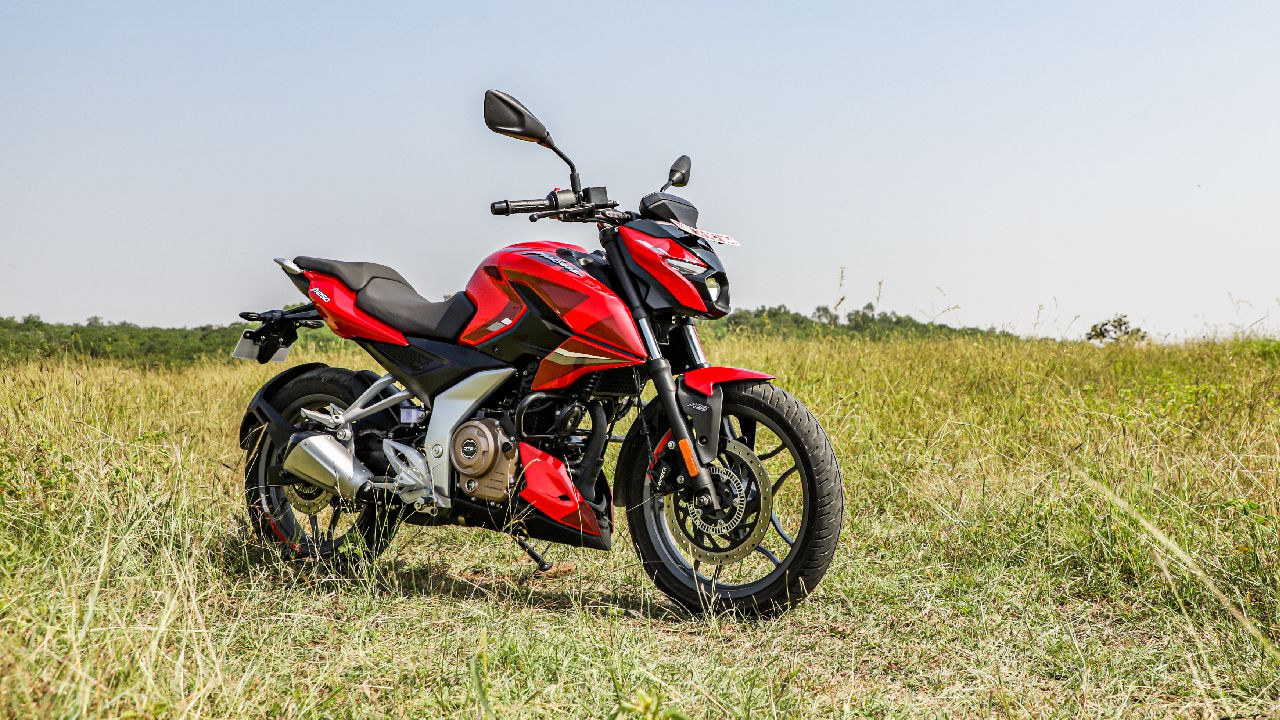
To test them further, we took both motorcycles on a mild off-road section on our way to the shoot location. And we must say that both impressed us with their performance on the rough stuff, thanks to their ground clearance of 165mm. Even while riding through deep ruts, the motorcycles never scraped their underbelly, nor did their suspensions bottom out.
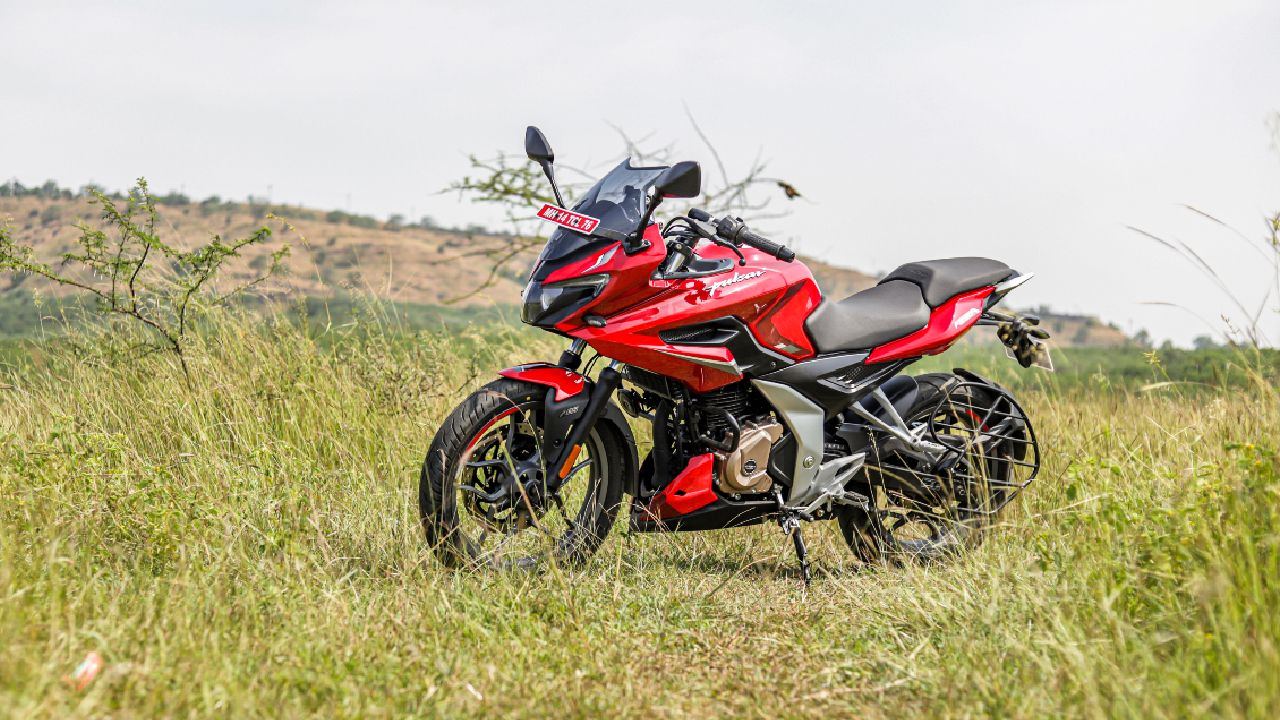
That said, we do not recommend taking the Pulsar N250 or the F250 off the tarmac, for they come with road-biased MRF Zappers. The compound of these tyres is more on the softer side, which allows them to grip well in most conditions. The 100mm section at the front is par for the course, but the 130mm section tyre at the rear is a bit slimmer, especially in comparison to what’s offered by the competition. Overall, the setup not only works just fine but also adds to the overall agility of the bikes.
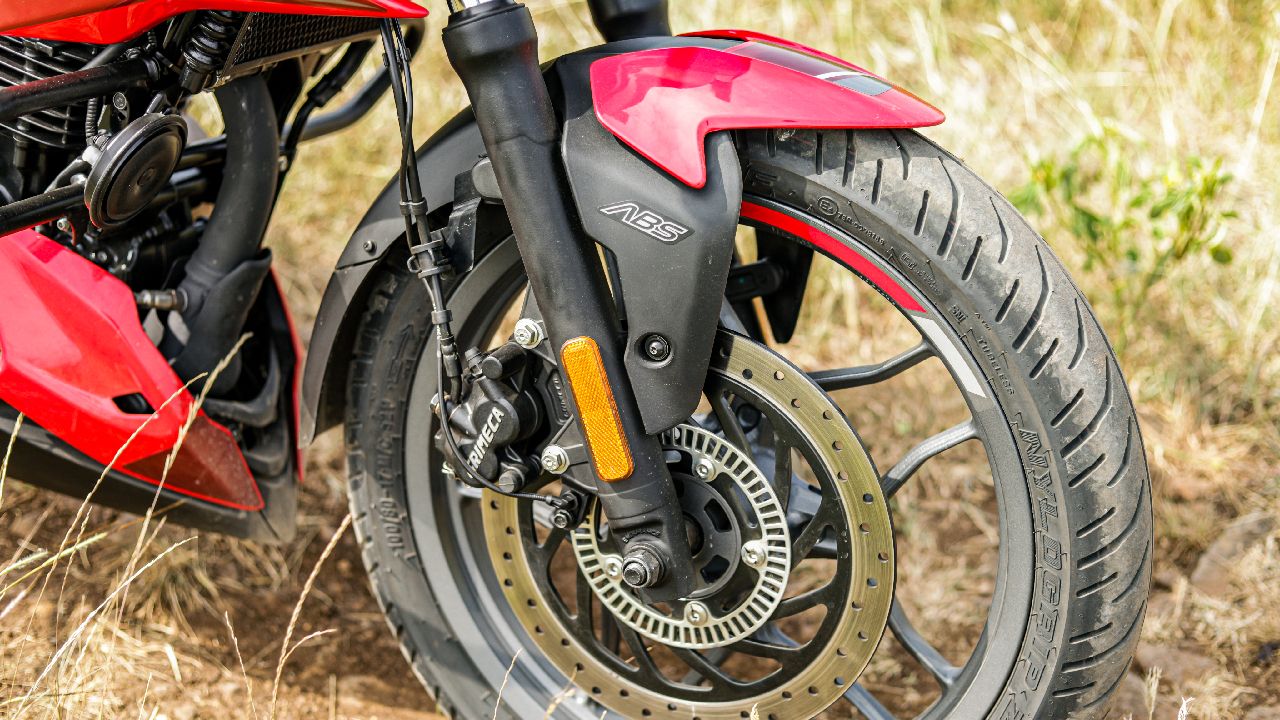
Braking
The new Pulsar twins are equipped with Grimeca callipers, which are paired with a 300mm rotor at the front. The bite is very sharp, so much so that it can catch you off guard. The brakes on the rear are set up relatively better and feel more progressive. However, under hard braking, the rear wheel has a tendency to lock up, owing to the fact that the Pulsar 250s misses out on two-channel ABS. Also, the existing ABS system on the bikes can be a bit intrusive, especially on rough sections of the road. That said, both front and rear brakes offer immense feedback and inspire confidence, irrespective of the road you are riding them on. But still, the two-channel ABS system would have widened the safety net of the bikes a little more.
Pricing and Verdict
The Pulsar F250 is priced at Rs 1.40 lakh (ex-showroom), while the Pulsar N250 is slightly more affordable at Rs 1.38 lakh (ex-showroom). The pricing of both bikes is impressive, to say the least – in fact, the pricing is so aggressive that it might cause cannibalism within the brand. Why would an average buyer go for the Pulsar RS200, when they can get the F250, which is higher in capacity, at a lower price. It’s a different matter altogether that anyone with some understanding of motorcycles will still opt for the NS200 or the RS200 over the new twins, given the superior engineering of the former.

Still, there is no doubt that both new motorcycles offer good value for money. There is very little to complain about them, and you get more than your money’s worth.
Now, these are two new Pulsars from Bajaj in a very long time. And the firm agrees that these products are three years too late to enter the segment. However, these products makes sense in their pricing and market positioning. Overall, the bikes offer impressive price to performance ratios and remain true to the Pulsar nameplate.
Also Read:
Bajaj Pulsar NS125 Review: First Ride
Bajaj Caliber to make a comeback, name trademarked
https://www.youtube.com/watch?v=wDjrx3eFR6Y
Engine: 249cc / Single-Cylinder / Oil-Cooled
Transmission: 5-Speed
Power: 24.1bhp @ 8,750rpm
Torque: 21.5Nm @ 6,500rpm
Price: Pulsar N250 - ₹1.38 lakh (Ex-Showroom) ; Pulsar F250 - ₹1.40 lakh (Ex-Showroom)
X-Factor: Bajaj has successfully infused the N250 and F250 with the enthusiasm and value proposition of the Pulsar range.
| Pros • Strong mid-range • Slick-shifting transmission |
Cons |


